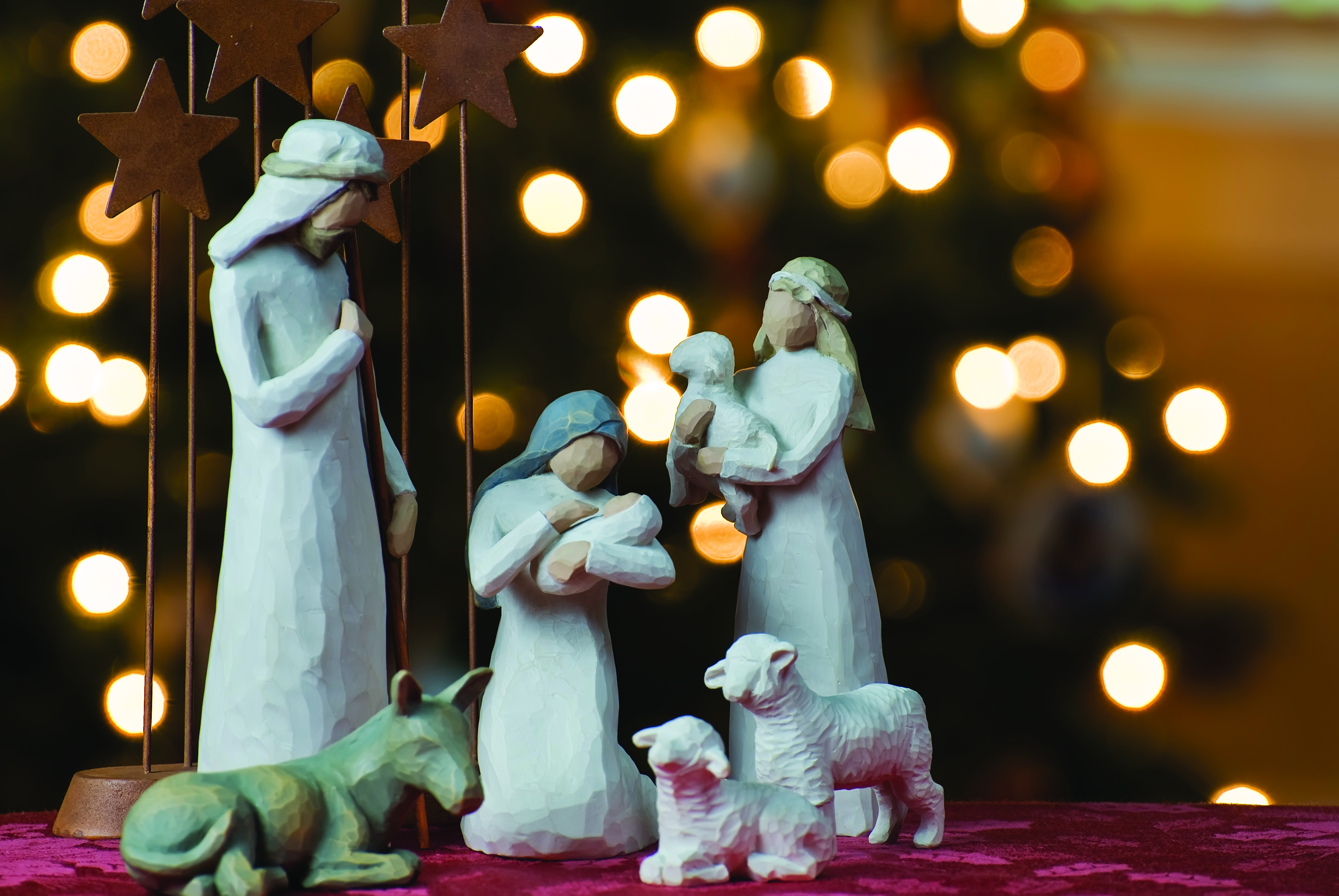
By Brooke Wolfe, Staff Writer
Christmas is rooted in the religious traditions of the holiday. Even activities that non-religious families take part in still have religious meaning.
Church services, adapted advent traditions and recycled decorations have led the Christian holiday into the 21st century.
The holidays have become days covered in red and green but behind the sparkling wrapping paper and velvet bows, people’s Christmas traditions stem from the Christian faith.
“Christmas is about fellowship, friends and family,” first-year Autumn Scherf said.
Arguably, Christmas Eve church services attract crowds unseen on any other night of the year. This act of going to church, at least on that day, is a tradition that has yet to be broken.
“In many ways Christmas has become commercialized,” Scherf said, “yet in many ways it has still remained quite religious.”
Besides the churchgoers, decorations can be traced back to their religious context.
Christmas wreaths are a common decoration that can be seen on doors from Thanksgiving on. Some see wreaths as a symbol of the journey from Adam to Christ.
This journey is illustrated through the wreath that is formed from a wire circle covered in evergreen branches. The circle shows that the journey for Christ’s return has not yet come.
Christmas baking is also included in the Christian tradition. With the advent cycle, cooking usually began Dec. 20 and went until Christmas Day. These trends are still seen today in the preparation of gathering families and friends over food before continuing with festivities.
Along with baking, giving time or gifts has also grown in importance. This selfless nature of Christmas has continued the attitude that Christ strived to pass on to the members of the church.
Volunteering at shelters and churches has influenced Christmas activities as a good summation gesture. While doing these things is beneficial to communities, Christians have been completing the same tasks as community building activities for Christmas long before the secular idea.
While some families have adopted a Santa-centered holiday, Christmas has remained close to Christian traditions. In the decorating, celebrating and activities leading up to Christmas the religious ties seep through.
From the church services that bring massive numbers of people into places of worship, to the selfless duties of the season, Christmas was for Christ Mass. It changed with the times to become a new, but still religious, Christian holiday.
















